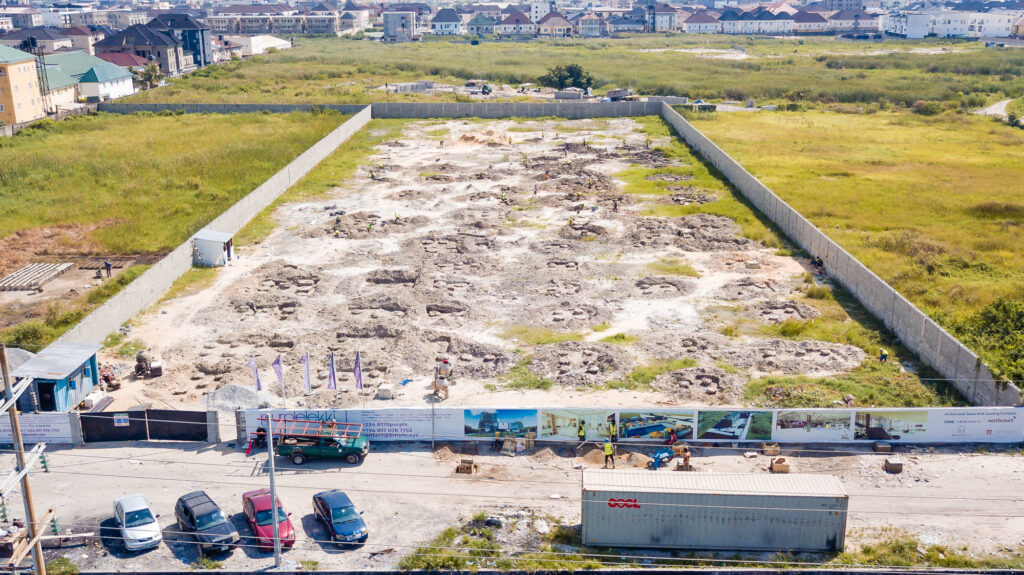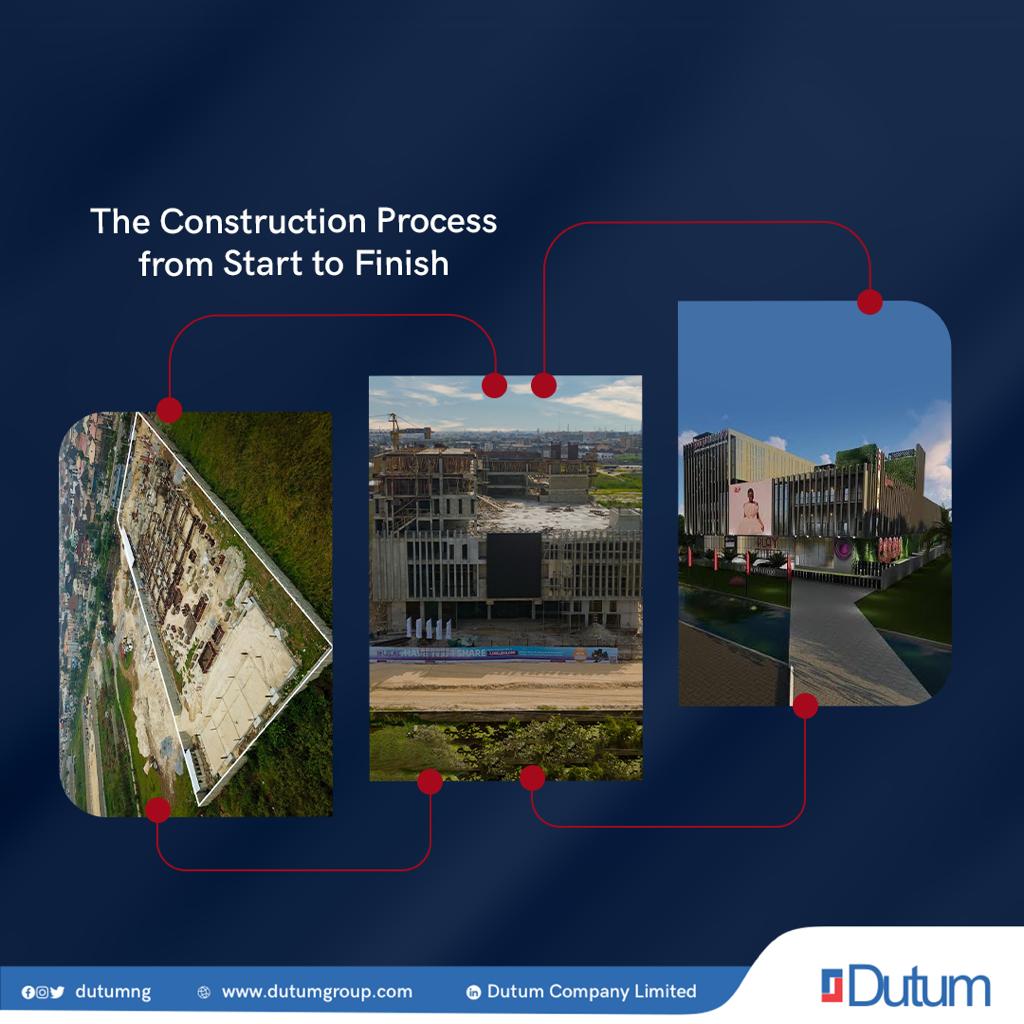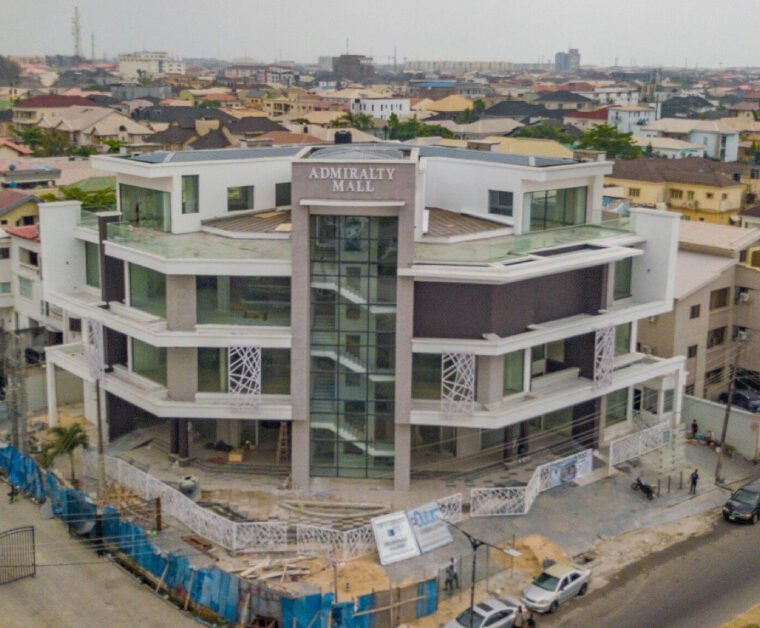Building a new structure, whether it’s a home, office building, or any other type of construction project, can be a complex and time-consuming process. However, by understanding the various stages of the construction process from start to finish, you can ensure that your structure is built safely, efficiently, and to your desired aesthetic.
In order to manage and track the progress of a construction project, the process can be broken down into the following key stages:
- Site preparation and excavation
- Foundation
- Framing and roofing
- Installing utilities and mechanical systems
- Plumbing and electrical work
- Drywall and interior finishing
- Exterior finishing and landscaping
- Final inspections
- Handover and occupancy
- Maintenance and care after construction
Site Preparation and Excavation
The first step in the construction process is site preparation and excavation. This includes clearing the site, grading the land, and digging foundations. The excavation process is crucial to ensure that the foundation is stable and level, which will help ensure the safety and stability of the structure.

Laying the Foundation
Once the excavation is complete, the next step is to lay the foundation. This can include pouring a concrete slab, laying a basement, or installing a crawl space. A strong foundation is essential to ensure the stability and longevity of your structure.
Framing and Roofing
Once the foundation is complete, the next step is to frame the structure. This involves installing the walls, floor joists, and roof trusses. The framing must be solid and square to ensure that the structure is stable and secure. The roofing is also installed at this stage, which protects the interior of the structure from the elements.
Installing Utilities and Mechanical Systems
In addition to the structural elements, it’s also important to install the various utilities and mechanical systems that your structure will need. This includes electrical wiring, plumbing, and HVAC systems. These systems are essential for making your structure functional and comfortable to live or work in.
Related: Overview of the Roles and Responsibilities of construction site personnel
Plumbing and Electrical Work
After the utilities and mechanical systems are installed, the next step is to install the plumbing and electrical systems. The plumbing and electrical work stage involve running pipes, installing fixtures, and connecting electrical circuits. Proper plumbing and electrical work are essential for ensuring the safety and functionality of your structure.
These systems must be installed in accordance with local building codes and regulations to ensure safety and functionality.
27 historic buildings and structures in Nigeria you should know
Learn about the historic buildings and constructions that are an essential part of Nigeria’s cultural heritage
Drywall and Interior Finishing
Once the plumbing and electrical work are complete, the next step is to install the drywall and interior finishes. This includes installing wallboard, painting, and installing flooring, cabinetry, and other fixtures. These elements will help define the look and feel of your structure’s interior spaces. The interior finishing must be done to a high standard to ensure that the structure looks good and functions well.
Exterior Finishing and Landscaping:
The final stage in the construction process is exterior finishing and landscaping. This involves installing siding, roofing, gutters, and planting trees, shrubs, and flowers. The exterior of your structure will set the first impression for visitors, so it’s important to make sure it looks great.
Related: The Top 10 Construction Equipment Used In Nigeria
Final Inspections and Punch List
Once the construction is complete, the next step is to conduct final inspections and complete a punch list. The construction punch list includes a list of items that need to be addressed before the structure can be considered complete. This may include fixing defects, making necessary repairs, or completing unfinished work.
Handover and Occupancy
Once the final inspections are complete and the punch list is complete, the next step is to hand over the structure to the owner and obtain a certificate of occupancy. This signifies that the structure is complete and ready for occupancy.
Maintenance and Care After Construction
It’s important to take care of your structure after construction to ensure its longevity. This includes regular maintenance and upkeep, such as cleaning gutters, repainting as needed, conducting regular inspections, and facility management as a whole.
The construction process from start to finish requires careful planning, attention to detail, and collaboration between a team of skilled professionals. Whether you’re building a new home, an office building, or any other structure, it’s important to understand the steps involved to ensure a successful outcome. With the right planning and a team of skilled professionals, you can complete your construction project on time, within your budget, and ensure your structure is safe and functional for years to come.
Further reading on the construction process from start to finish:
11 common building materials used in Nigeria
Hard hat color codes their meanings
Outstanding women adding value to the Nigerian construction industry
Everything you need to know about the biggest mixed-use building in Lekki, Nigeria
The Complete Guide to the Role of Project Management in Construction






5 Comments